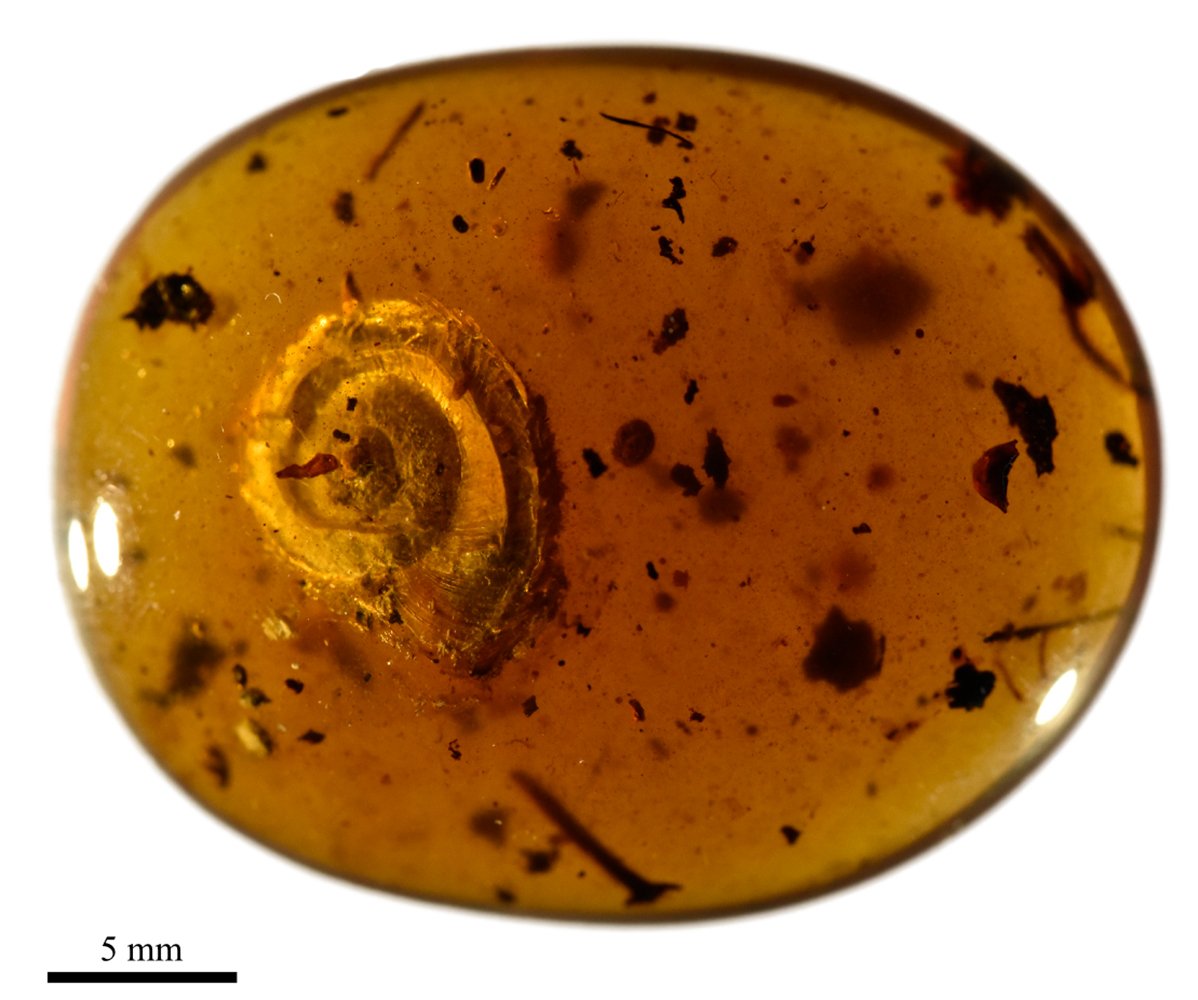The AlphaGalileo Blog 01/11/2022
November eNews
Welcome to this month's eNews.
This month we have our top 5 most read items from October 2022, our Editor's choice and our image of the month.
If you have any questions or want to get in touch please email the News Team
All the best,
News Team
Top 5 October 2022
1. Would you like a QR code embedded in that cookie?, published by Osaka University on 17/10/22
Researchers from Osaka University have developed a way of printing edible QR codes—a kind of barcode—within cookies, meaning that the tag is embedded within the food itself. Crucially, the tag doesn’t change the flavor or outer appearance of the cookie, and can be read using a backlight while the cookie remains intact. This new method has great commercial potential for improving food safety and traceability in an environmentally friendly way.
Read the news
2. Kleinzelliger Lungenkrebs: Neuer Ansatz für personalisierte Therapie, published by Medical University of Vienna on 5/10/22
Der Kleinzellige Lungenkrebs (SCLC) ist ein besonders aggressiver Tumor, der bislang mit einheitlichen Maßnahmen behandelt wird. Eine Studie unter Leitung der MedUni Wien zeigt erstmals, dass verschiedene Subtypen von SCLC spezifische molekulare Merkmale aufweisen, weshalb Betroffene unterschiedlich auf die Krebstherapie ansprechen. Diese im Fachjournal „Clinical and Translational Medicine“ publizierte Entdeckung eröffnet neue Möglichkeiten für die Entwicklung einer personalisierten Behandlung dieser Tumorerkrankung, die durch eine besonders hohe Sterblichkeit gekennzeichnet ist.
Read the news
3. Small Cell Lung Cancer: New Approaches to Personalised Treatment, published by Medical University of Vienna on 5/10/22
Small cell lung cancer (SCLC) is a particularly aggressive tumour, which has so far been treated with standardised measures. A study led by MedUni Vienna has shown for the first time that different SCLC subtypes have specific molecular characteristics, which is why those affected respond in different ways to cancer treatment. This discovery, published in the Clinical and Translational Medicine journal, has opened up new options for the development of more personalised treatment for this cancer, which is characterised by an unusually high rate of mortality.
Read the news
4. Europe-wide study of ‘anti-gender’ politics launches in Dublin, published by UCD Innovation and Research on 20/10/22
RESIST project will look into the development of so-called ‘anti-gender’ politics across Europe. The Horizon Europe RESIST study, co-ordinated by University College Dublin, will run for four years and is backed by over €4 million of funding, including support from the European Union, and UK and Swiss governments. RESIST will examine politics that seek to limit gendered freedoms, trans* inclusion, multiculturalism, gender and sexual equality.
Read the news
5. New technologies for remote biodiversity monitoring, published by Pensoft Publishers on 3/10/22
Unbiased, integrated and regularly updated biodiversity and ecosystem service data is necessary for the creation of comprehensive EU policies. Despite this, efforts to monitor animals and plants remain spatially and temporally fragmented. This lack of integration regarding data and methods creates a gap in biodiversity monitoring, which can negatively impact policy-making. Today modern technologies such as drones, artificial intelligence algorithms, or remote sensing are still not widely used in biodiversity monitoring.
Read the news
Editor's choice
Why Do We Dance to Music Nowadays? published by University of Jyväskylä on 13/10/2022
Dance has always played a central role in musical activity. Our ancestors danced and made music to beg the gods for rain, or as part of farming and hunting rituals to secure enough food to survive. This is perhaps because dance has been seen as a way to communicate our desires and emotions. But why do we dance nowadays? Researchers from the University of Jyväskylä, Finland wanted to discover the songs people dance to and explore the reasons why these songs are being listened to nowadays. In an online survey, participants were asked to name songs which made them want to move and provide reasons why.
Read the news

Image of the month
Hairy Snail Discovered in 99-Million-Year-Old Amber: Tiny hairs likely offered an evolutionary advantage to Mesozoic land snails published by Senckenberg Research Institute and Natural History Museum on 25/10/2022
International researchers, including Senckenberg’s Dr. Adrienne Jochum, have discovered a new species of land snail in an approximately 99-million-year-old piece of amber. The snail’s shell features short, bristly hairs that are arranged along its margin. In their study, published in the scientific journal “Cretaceous Research,” the team, led by first author Dr. Jean-Michel Bichain of the Museum of Natural History and Ethnography in Colmar, France, concludes that the presence of hairs may have offered the mollusks a selective advantage in their evolution.
Read the news

Image caption: Discovered in 99-million-year-old amber: Archaeocyclotus brevivillosus sp. nov. Photo: Senckenberg